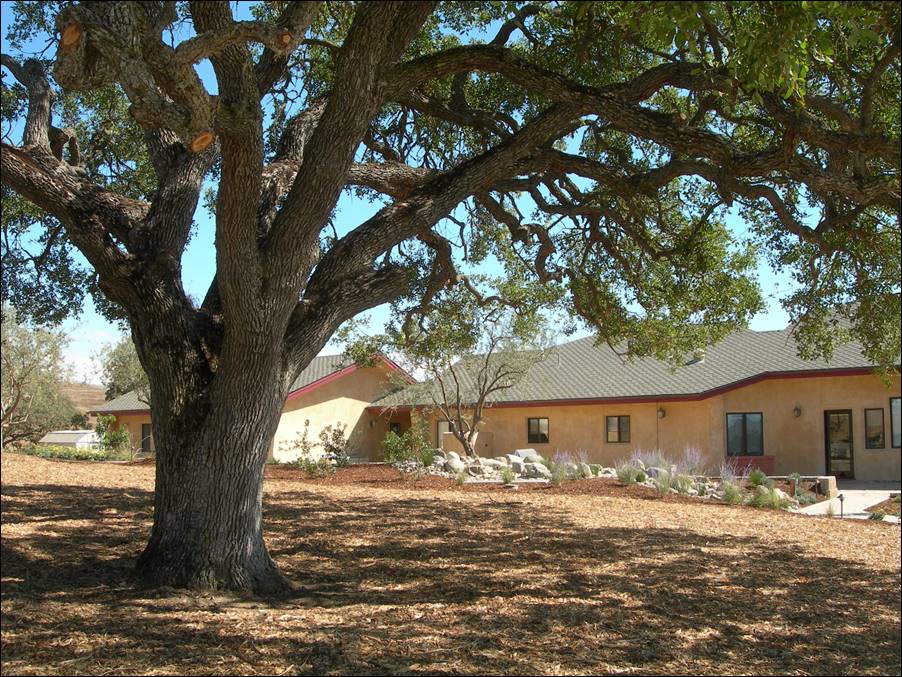
Six Bird-Friendly Natives for San Luis Obispo County
Plants to Help Create a Bird-Friendly Habitat
We often think of bees and butterflies when we’re landscaping—as well as drought-tolerant and native planting—but what of birds? Native, bird-friendly landscaping brings impactful benefits to more than just a residential landscape, they also support San Luis Obispo County region’s ecosystem and create protection and food.
By visiting California’s Audubon site, you can plug in your email and zip code to receive a long list of plants that are both native and bird friendly. You might also use the California Native Plant Society’s Calscape plant search, where you can put your location and check the boxes on what you’re looking for in order to find just the right plants for you.
Among all the bird-friendly plants in the Central California region, here are six of our favorites:
Eastwood Manzanita
We are big fans of manzanita! It also made our list of top plants for the Central Coast winter garden. There are several varieties of manzanita, from shrubs to trees. This species is best planted in sun or part shade, this Manzanita variety is found all along the western coast – from Baja to Oregon. It is drought tolerant, with white to pink flowers and reddish-brown berries. It may attract mockingbirds, jays, vireos, thrushes, and wrens.

Toyon
No bird-friendly list would be complete without this perennial shrub. Native through the western part of California and the Sierra Foothills, Toyon is well known in the coastal sage scrub plant community. Toyon produces bright red berries and is also known as Christmas Berry and Christmas Holly. It is very attractive to butterflies, birds, and mammals alike. Mockingbirds, robins, and cedar waxwings are particularly drawn to this evergreen.

Cardinal Catchfly
A bright, perennial herb that vines through surrounding plants to show off its colors, the Cardinal Catchfly flourishes in partial shade and may attract orioles, waxwings, warblers, and certainly hummingbirds and butterflies. Drought-tolerant and easy to care for, its small splashes of vibrancy are a charming addition to any landscape.

Cream Bush
Cream bush is a shaggy, deciduous shrub called “ocean spray” for a reason. Bursting with cascading white clusters of flowers from early spring to late summer, its blooms then develop a tan that lasts them through the winter. With a faint, sugary scent and thick growth, cream bush provides cover for birds as well as fruit and nuts, attracting cardinals, chickadees, sparrows, and finches, among others.

Deergrass
The volume and character of deergrass makes it a popular plant for height and charm, with tufted, silver-green to purple foliage that makes it one of the most beautiful bunchgrasses for our region. Its summer seeds attract birds like finches, nuthatches, grosbeaks, and sparrows.

Silver Lupine
A gorgeous, prominent flowering shrub, Silver Lupine thrives in dry environments and attracts everything from bees to vireos. Silky and evergreen, it flowers in every season save fall. Its nectar is loved by hummingbirds, warblers, mockingbirds, orioles, and others.

Interested in a bird-friendly landscape design? Contact our landscape designers at [email protected] or (805) 466-6263.









